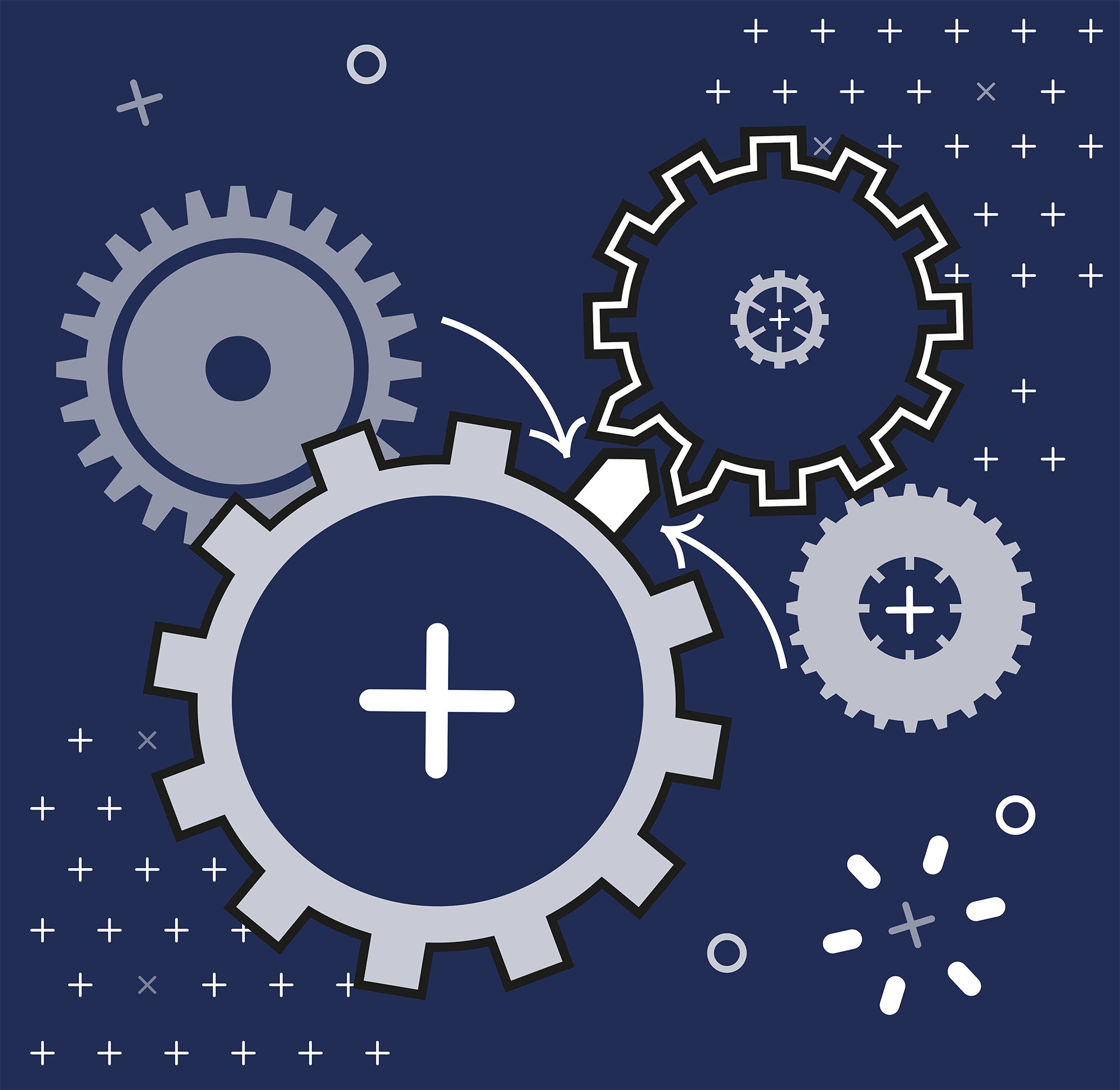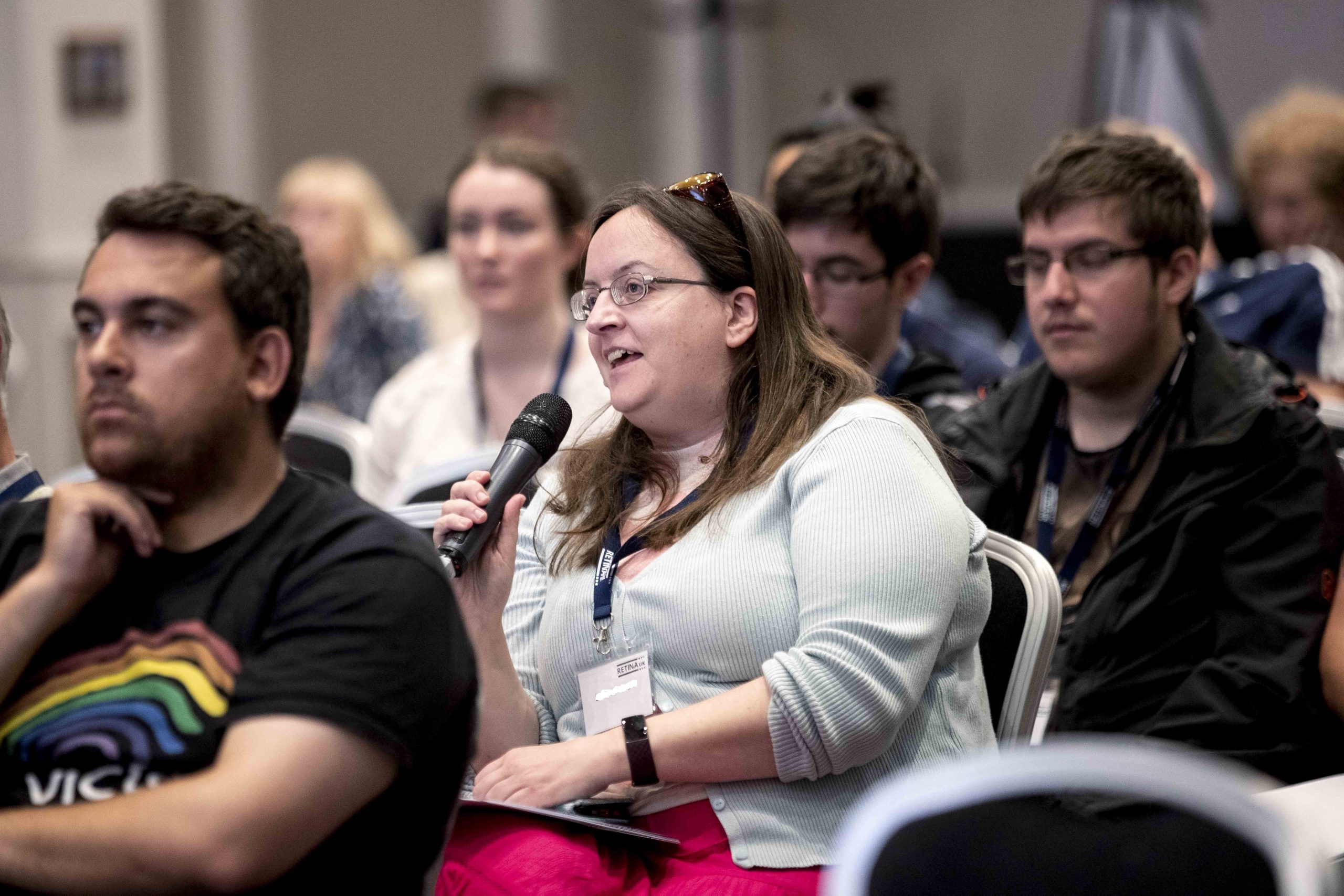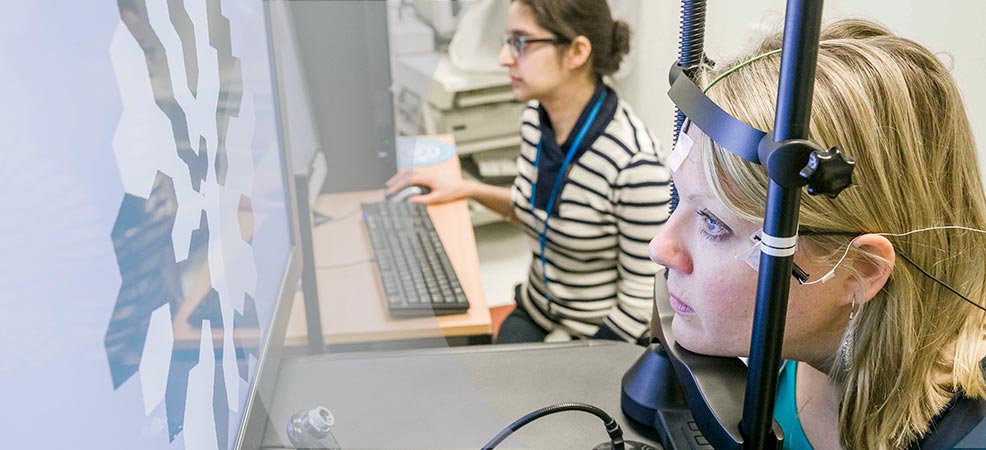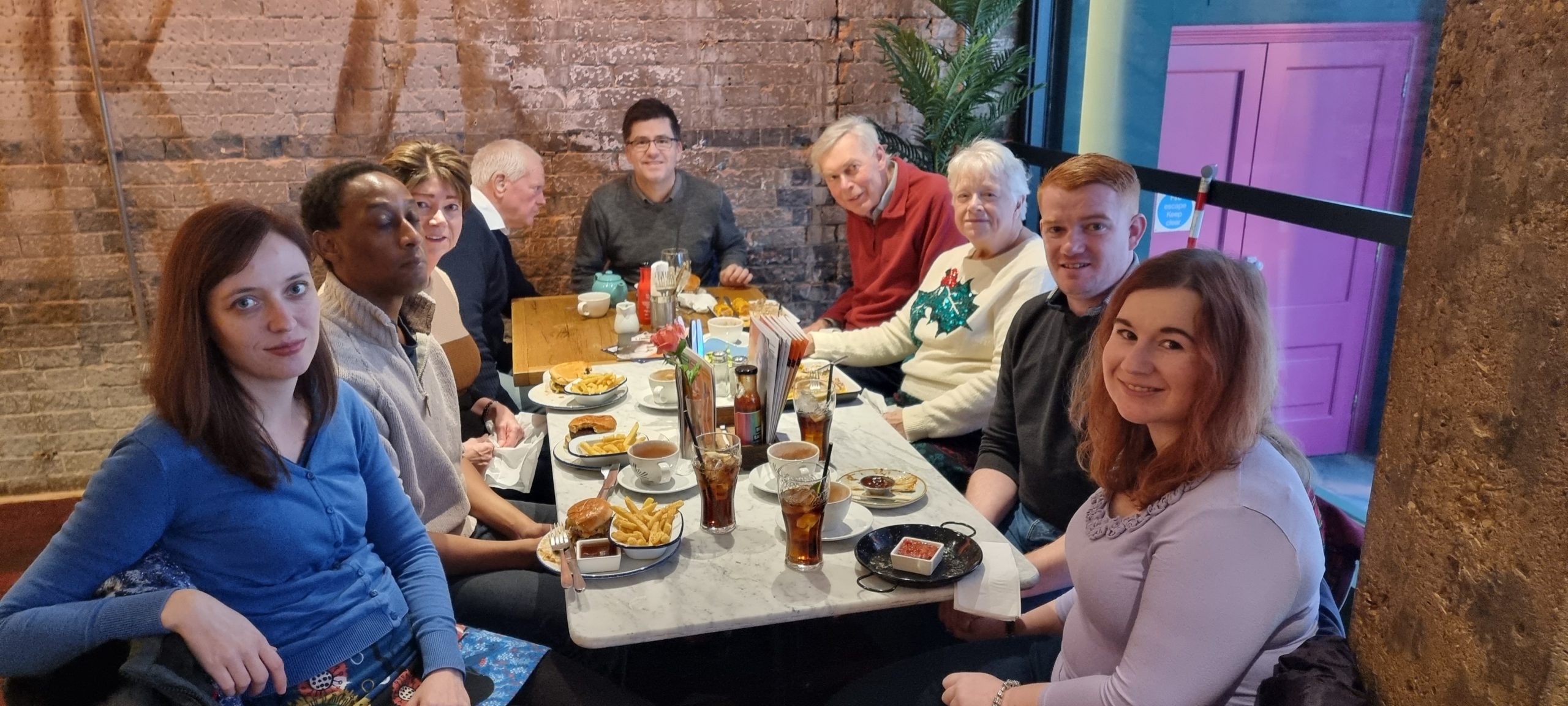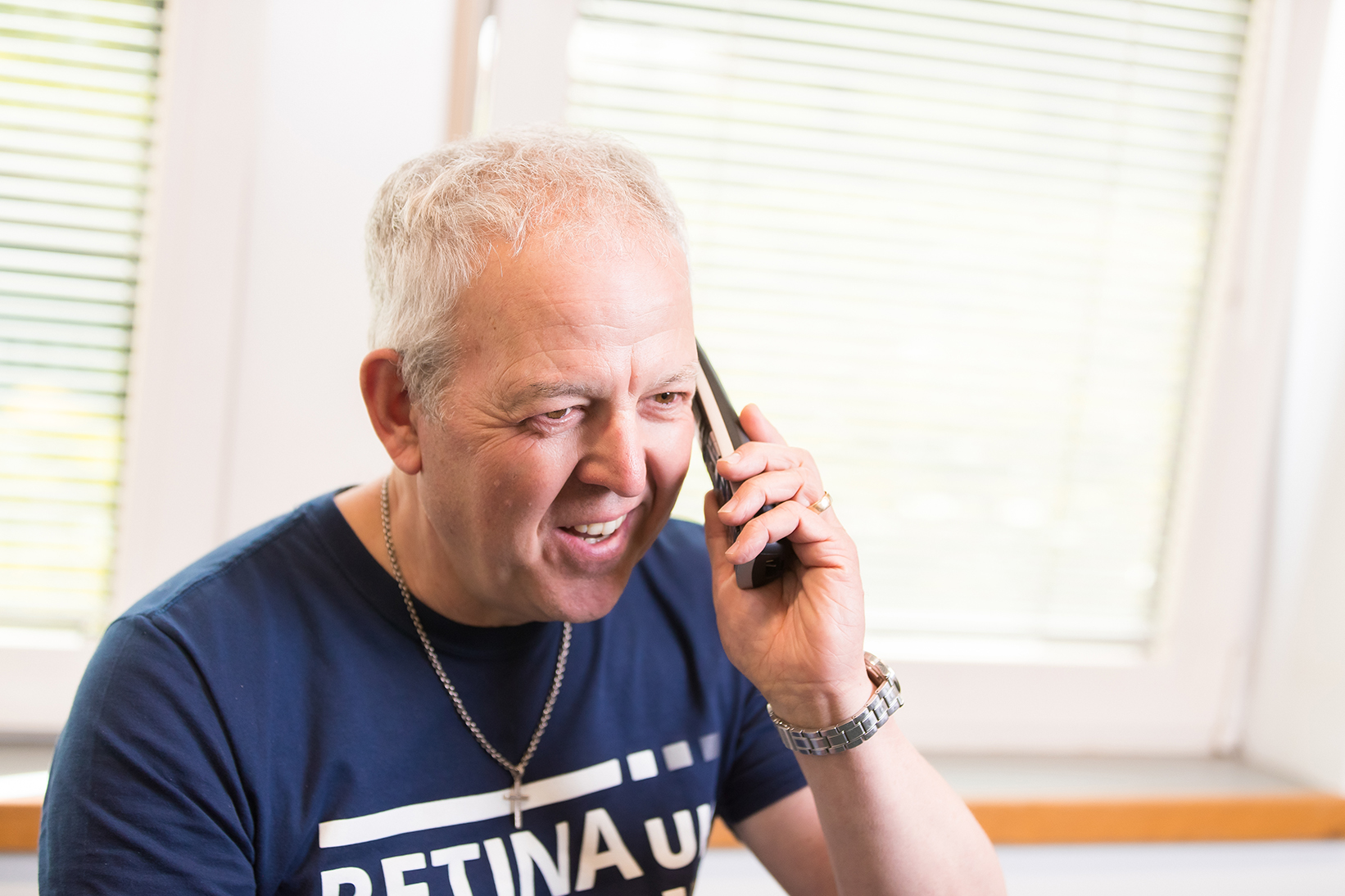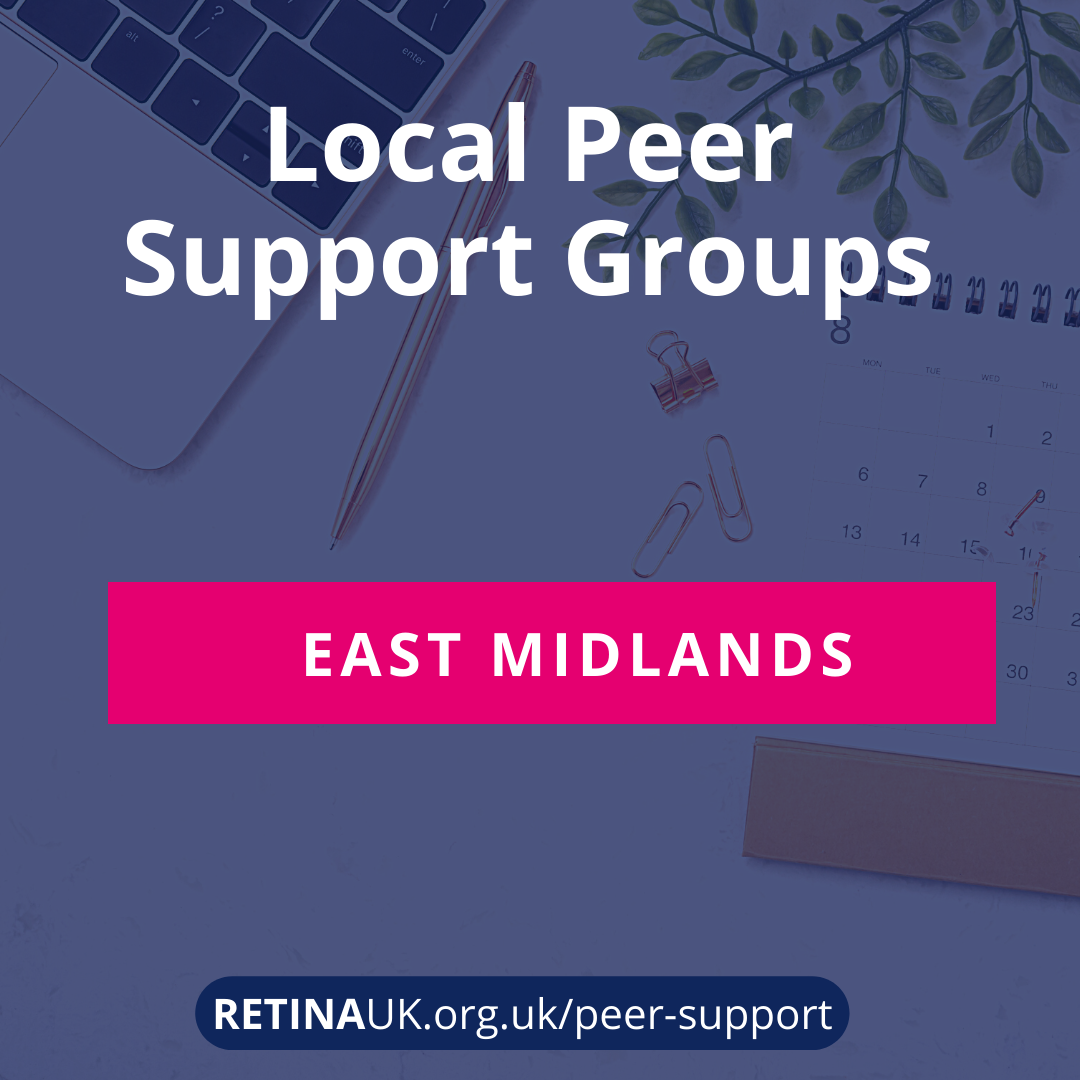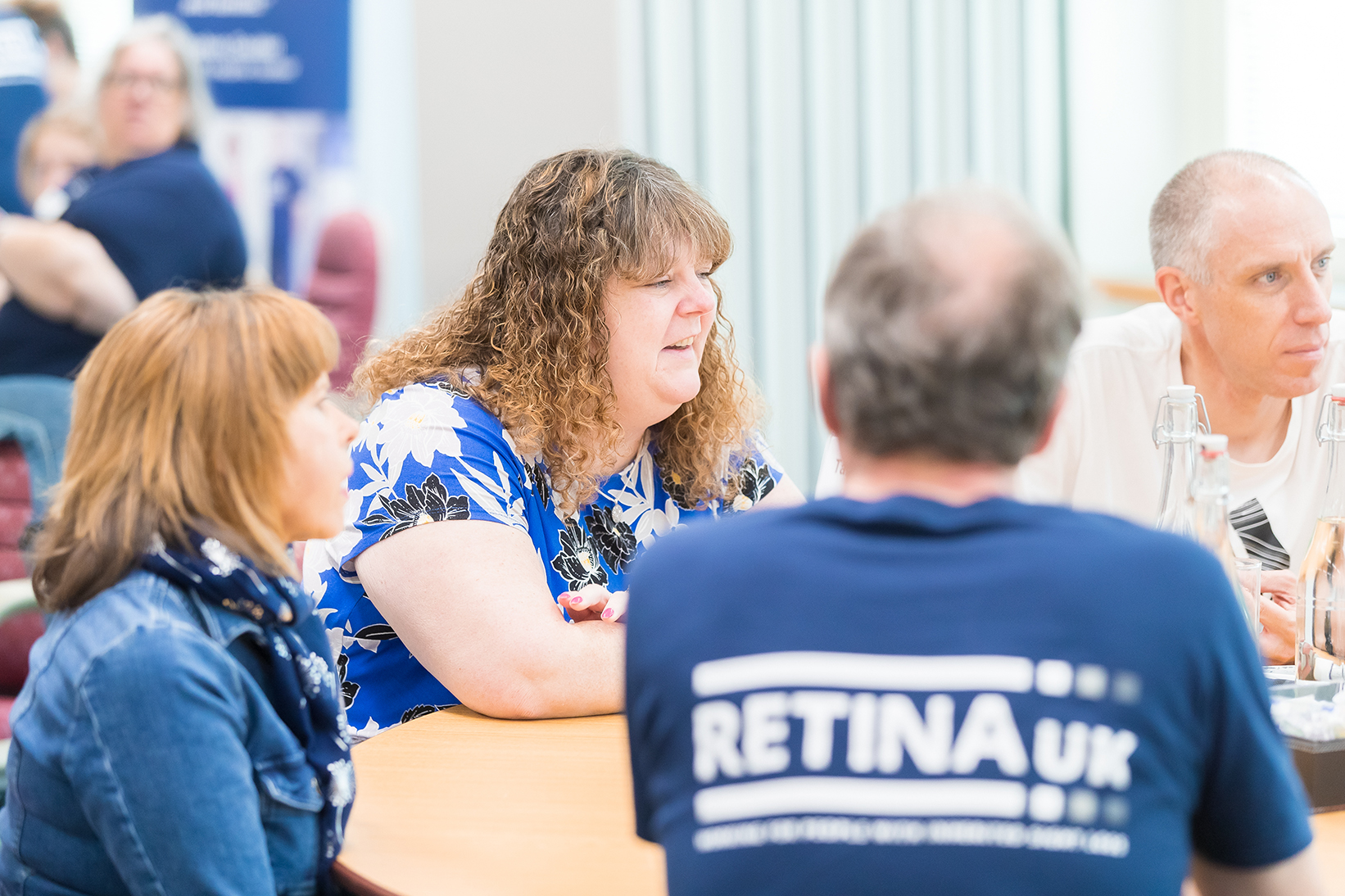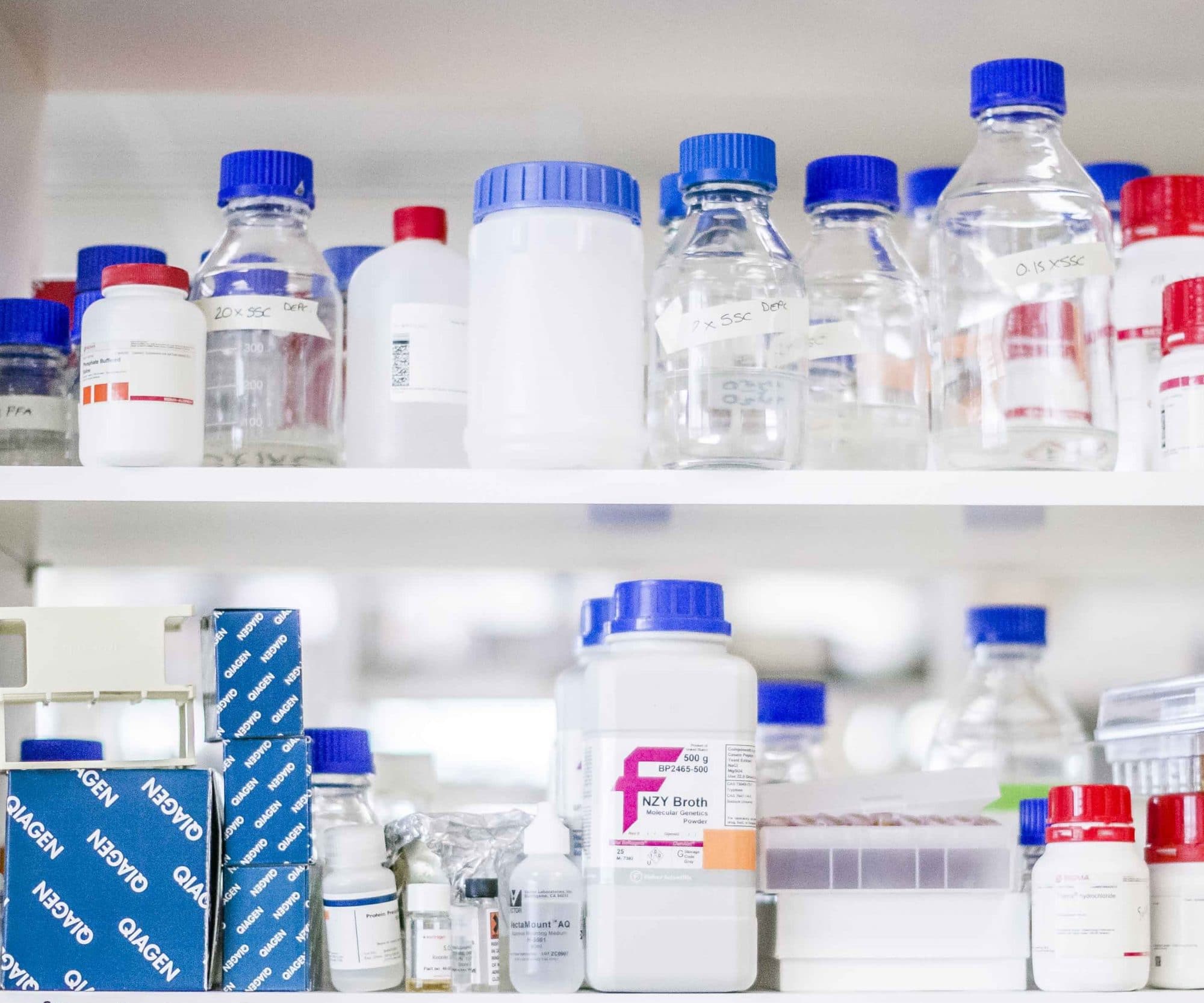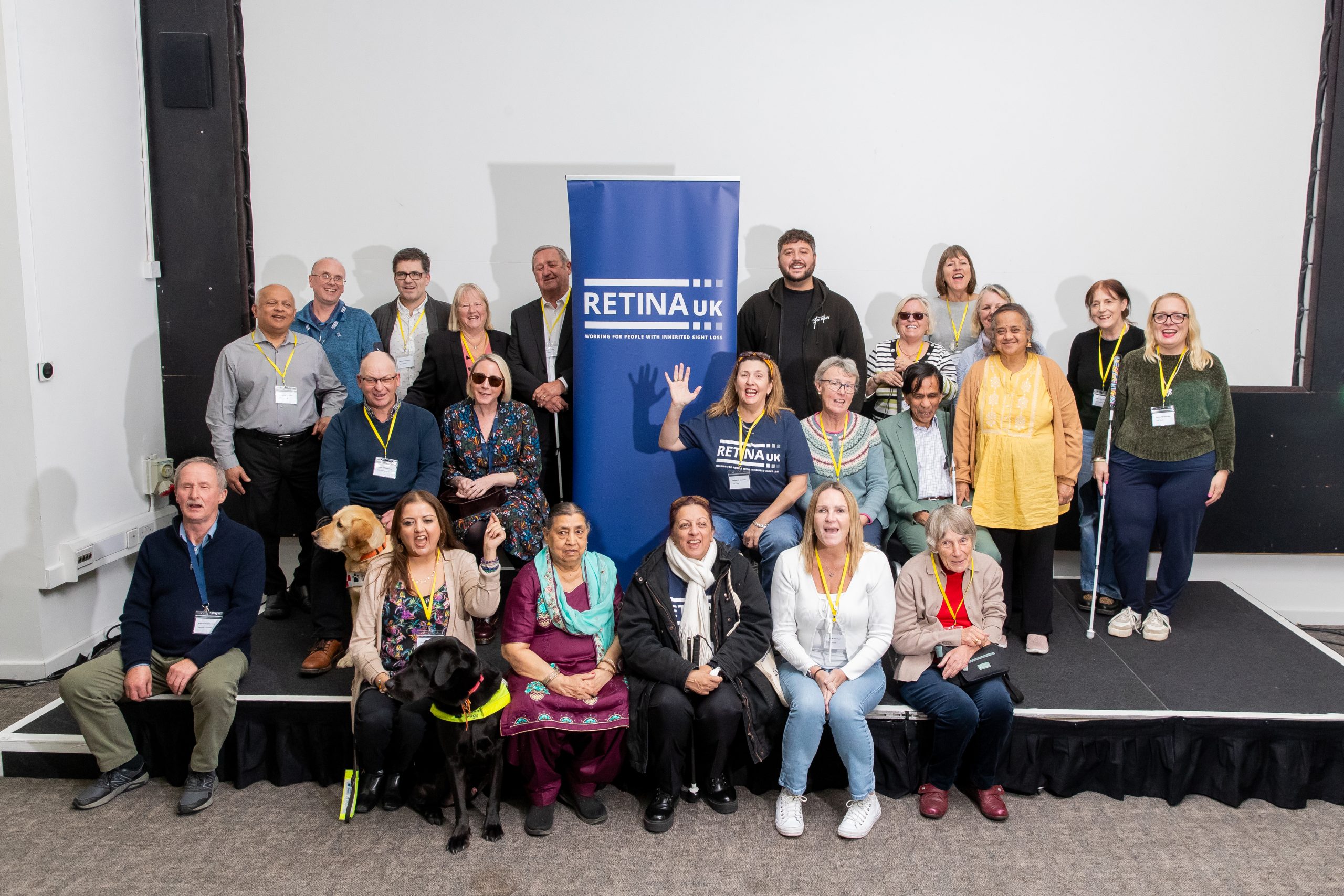The primary layer of the retina effected is the retinal pigment epithelium (RPE) which is responsible for removing and recycling waste within the retina.
In various pattern dystrophies, these wastes accumulate in the form of lipofuscin. Pattern dystrophies are often associated with a relatively good visual prognosis, although slow progressive central vision loss can occur. Different dystrophies cause different patterns of damage, which might look like egg yolks, butterflies or knotted fishing nets. People will usually have symptoms in both eyes, and may have a different pattern of damage in each.
Symptoms
The symptoms of pattern dystrophy are similar to age-related macular degeneration (AMD), but tend to be less severe. Despite some blurring of vision and loss of fine detail, people are usually able to drive and read the newspaper. Often, the lipofuscin deposits are picked up during a regular eye test before the patient notices any sight loss.
Although symptoms do get worse, this usually happens very slowly, over 20 to 30 years. Around 15 per cent of people develop new, leaky blood vessels in their eye tissue (like wet AMD ). A similar proportion find that patches of the light-sensing cells in their retina start to die off due to geographic atrophy (also a symptom of dry AMD ). This usually happens in people aged over 60.
Disease onset typically occurs in patients during their forties and fifties. However, older patients may be misdiagnosed as age-related macular degeneration due to similar macular patterns of pigment deposition.
Cause
Pattern dystrophy has been attributed to mutations in the human retinal degeneration slow (RDS) and peripherin gene. The RDS/ Peripherin gene is critical for developing a protein called peripherin-2 , which is involved for developing and stabilising photoreceptor outer segment discs.
Pattern dystrophy is inherited in an autosomal dominant pattern, meaning that only one copy of a person’s gene must be faulty for the condition to occur. An individual with pattern dystrophy has a 50 per cent chance of passing it on to their child, whether they are male or female. The gene is not always ‘expressed’ in the same way, so someone with significant sight loss may have a child with only mild visual impairment. Find out more at RetinaUK.org.uk/genetics/inheritance-patterns.
Treatment
Currently there is no treatment for pattern dystrophy however, a low vision specialist can help recommend resources and services to help the individual adapt. Care under the supervision of an ophthalmologist is recommended.
Retina UK welcomes families affected by pattern dystrophy to its community. For information and support you can contact Retina UK via the following information:
Doyne honeycomb dystrophy
Doyne honeycomb dystrophy is an inherited disorder which causes progressive sight loss. it is characterised by drusen forming near the macula, and at the point where the optic nerve enters the eye. Drusen are start small, round white spots which gradually grow together, forming a honeycomb pattern.
Symptoms
People with Doyne honeycomb dystrophy may notice problems seeing detail, distortion, for example, straight lines looking wobbly, gaps in the centre of their vision, and difficulty adapting to changes in light level. Doyne honeycomb dystrophy usually develops in early-to-mid adulthood, although occasionally teenagers are affected. Once the drusen appear, people gradually lose their central vision, although peripheral (side) vision is not affected. Some people have more rapid sight loss caused by new blood vessels growing behind the macula.
Cause
Doyne honeycomb dystrophy is caused by mutations in the EFEMP1 gene. This causes the gene to ‘fold’ a protein incorrectly and stops it breaking down as it should. The protein then builds up to create drusen inside the tissue of the eye which stops nutrients entering from blood vessels to the light sensing cells that need them. Doyne honeycomb dystrophy is inherited in an autosomal dominant pattern meaning that only one copy of a person’s gene must be faulty for the condition to occur.
Treatment
Currently there is no treatment for doyne honeycomb syndrome however, a low vision specialist can help recommend resources and services to help the individual adapt. Care under the supervision of an ophthalmologist is recommended.
For support
The Retina UK Helpline provides information, support and signposting for people affected by inherited sight loss as well as healthcare and education professionals.
Contact 0300 111 4000 (9.00am – 5.00pm Monday to Friday and Tuesday and Thursday evenings 5.00pm – 8.00pm) or email Helpline@RetinaUK.org.uk.
